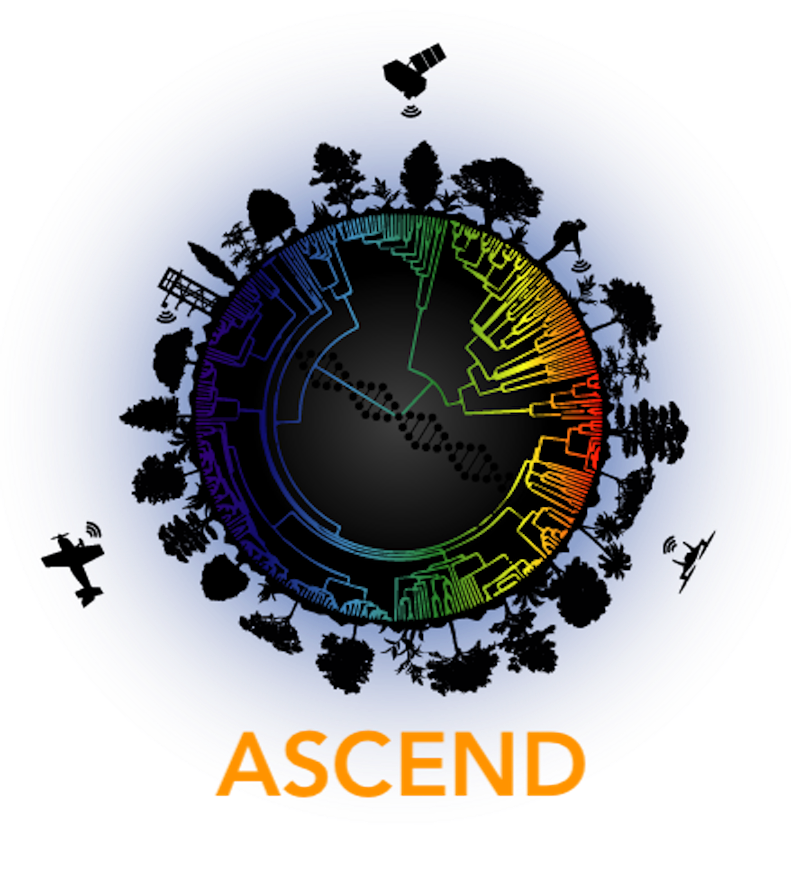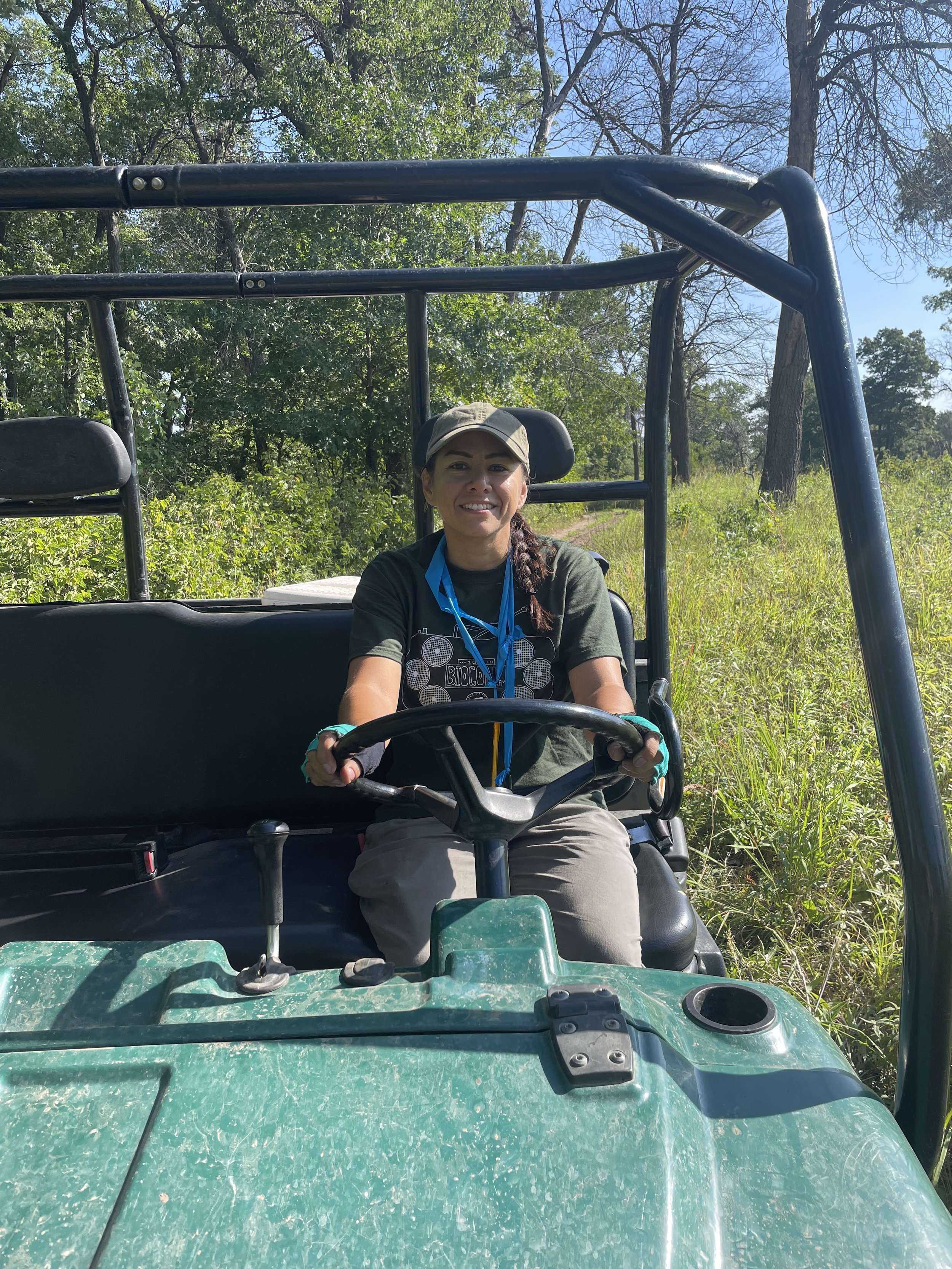NextGen: Sandra Durán
Q) What is your research area of focus?
A) My overall goal is to evaluate how global changes such as land use and climate change affect plant communities and the consequences of this impact for carbon cycling. I started asking these questions when I was in graduate school. At that time I focused on how different components of plant diversity (species, woody vines, plant size, wood density) affected carbon stocks in old- and second-growth tropical forests. More recently I have been focusing on plant functional traits can be used to “scale up” from individuals to communities and ecosystems.
Q) When did you know that you wanted to become a scientist?
A) I grew up in Colombia, a global biodiversity hotspot. Early on I was fascinated by nature and the amazing variety of life on Earth. I have wanted to be a biologist since I was 14— probably because a plant geneticist is in the family—as a teenager I wanted to be like him. When I started undergrad, I found that I wanted to spend as much time as possible in the tropical forests. I had the opportunity to work as a field assistant for a master student and spent hours watching mixed flocks of birds in the cloud forests of the Colombian Andes. I was captivated by the “bird waves” of colorful species; I learned bird names and flock behavior. It was then when I realized I wanted to become a scientist, and what being a scientist means: observing nature and investigating how it works. Since then I have been able to conduct several biodiversity projects in tropical regions.
Q) Tell us about your research projects in ASCEND
A) Currently I am working on plant diversity-environment relationships and the effects of global changes and plant biodiversity on biogeochemical cycles. One project focuses on the effect of sampling scale to quantify plant biodiversity using imaging spectroscopy at leaf, canopy and ecosystem scales to assess how the different methods affect the retrieval and estimation of three dimensions of plant biodiversity: spectral, functional and phylogenetic diversity. In a second project, I am taking advantage of a long-term experiment conducted on the oak savannas at Cedar Creek Ecosystem Reserve, where prescribed burning had been conducted in different intensities over time. Last summer, I set up new plots to evaluate the effect of interacting disturbances on ecosystem properties. Specifically, I aim to disentangle the effect of oak wilt disease and fire on carbon and nutrient cycling on the oak-savanna-woodland ecosystem.
Q) What is one aspect you find most challenging about being an ECR?
A) The most challenging aspect of being an ECR in STEM fields is the uncertainty about job security, an issue widely discussed elsewhere. I would add that in the case of international ECRs there are other limiting factors related to immigration policies and citizenship that can prevent ECRs from applying to some available positions despite having the credentials to do so. Part of the challenge is that in the past years, immigration policies, specifically those related to obtaining non-student visas (e.g., J-1, H-1) have been modified creating several hurdles for ECRs at different stages. Immigration processes are quite complex—dependent on current policy, the nationality of ECRs and the political relationships between the US and other countries. A streamlined process for getting work visas or awarding green cards to ECRs is clearly needed to promote and retain international scholars in STEM.
Q) How would you explain your research to someone who is not a scientist?
A) I want to understand how forests and other environments (like savannas) are able to persist in hotter and drier climates—and whether current and future changes in climate and land use can impact the ability of forests to continue capturing carbon dioxide over time.
Dr. Sandra Durán at the Cedar Creek Ecosystem Science Reserve en route to measure soil respiration rates in oak wilt infected forest stands
Sandra is the Managing Director of ASCEND at the University of Minnesota. Her work uses an integrative approach to ecological research by incorporating field work, statistical modeling and spectral biology to understand the effects of plant biodiversity on ecosystem processes. She earned her bachelor degree in Colombia at the Universidad del Valle, and her Ph.D. in Canada at the University of Alberta.

